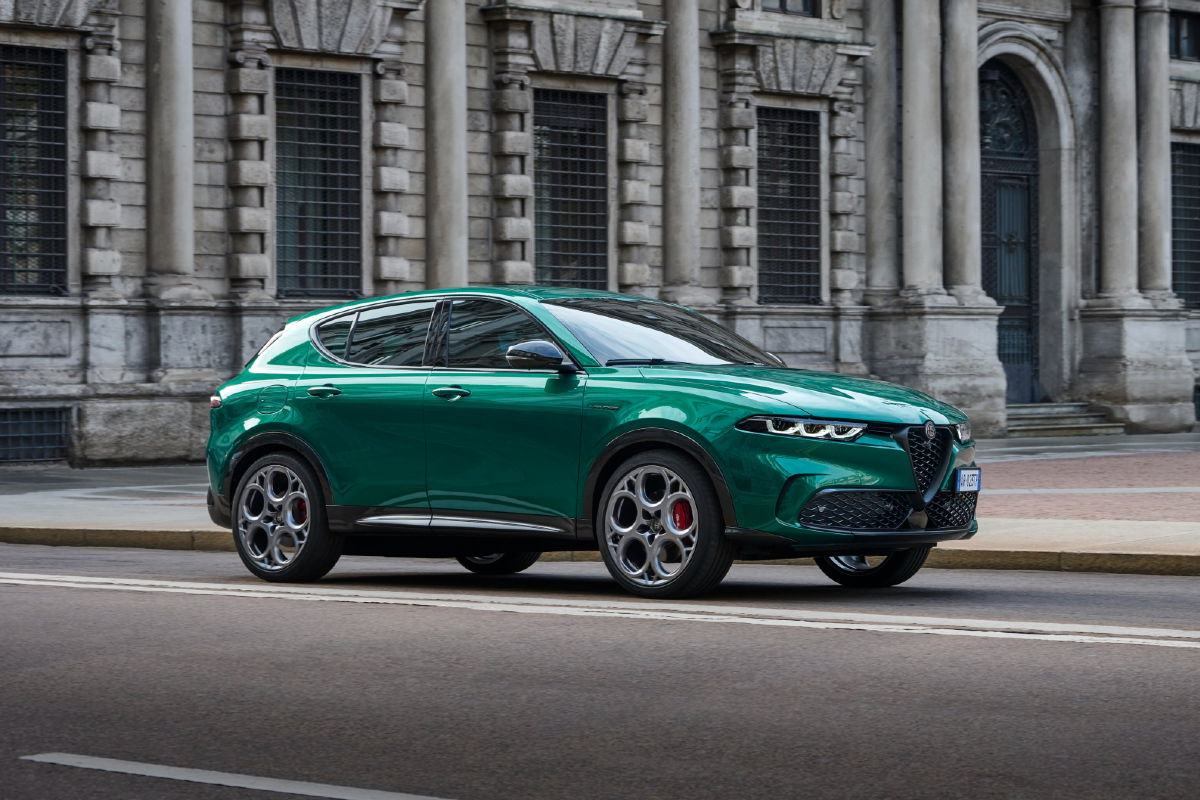
There would be no Ferrari without Alfa Romeo. It’s important to remember that as you read this review, because the Alfa Romeo Tonale Plug-in Hybrid (PHEV) is like no other car the Italian brand has ever produced.
Alfa Romeo has had many owners over its more than 110 years of existence and these days finds itself part of the seemingly endless amount of brands owned by Stellantis – the result of the merger between Italo-American Fiat-Chrysler and France’s PSA Group (Peugeot and Citroen). Under largely French control, Alfa Romeo is on a mission to reinvent itself (again) and once again become Italy’s answer to the likes of Audi and BMW.
READ MORE: Alfa Romeo reveals its future electric plans
Which, in the context of 2024, means small SUVs and electrification. And those are two things that Alfa Romeo has never done before, so this is uncharted waters for the brand. And therein lies the problem with the Tonale – there’s no context for it.
The Tonale is trying to compete with the likes of the Audi Q3, BMW X1 and Lexus UX on purely rational terms. But Alfa Romeos have never been the rational choice, they were the exciting alternative.
READ MORE: Alfa Romeo plotting 1000hp electric cars
Then there’s the issue of the price, which is a staggering $78,500. That’s nearly $20k more than the non-hybrid Tonale Veloce, and only $400 cheaper than BMW’s all-electric iX1 eDrive20. Compared to both the alternatives, the Tonale PHEV is a hard sell, once again proving the brand struggles to find a place for itself in the mainstream luxury market.
Alfa Romeos shouldn’t be ‘normal’ they should be overtly sporty, dare I say, weird even. Usain Bolt could have trained to be an accountant, but that would have been him embracing his true character.
READ MORE: 2023 Alfa Romeo Stelvio Quadrifoglio review
In the same way, the Tonale is trying too hard to conform to the norms of the modern compact SUV market and suffers as an Alfa Romeo for it. Take a look at the rest of the range, in particular the brand’s first-ever SUV, the Stelvio. The mid-size SUV is outrageously sporty, not for any real clear reason (SUVs don’t need to be extremely dynamic), but Alfa Romeos should be and the Stelvio is all the better for it.
The initial impression when you begin driving the Tonale PHEV is normality. It performs well enough with its 208kW powertrain, which combines a 1.3-litre four-cylinder petrol engine with a 15.5kWh battery, but lacks anything special. The company claims it will drive for up to 60km on electric power alone, so it would have appeal to those with an inner-urban lifestyle who only have a short daily commute and like to look good driving it.
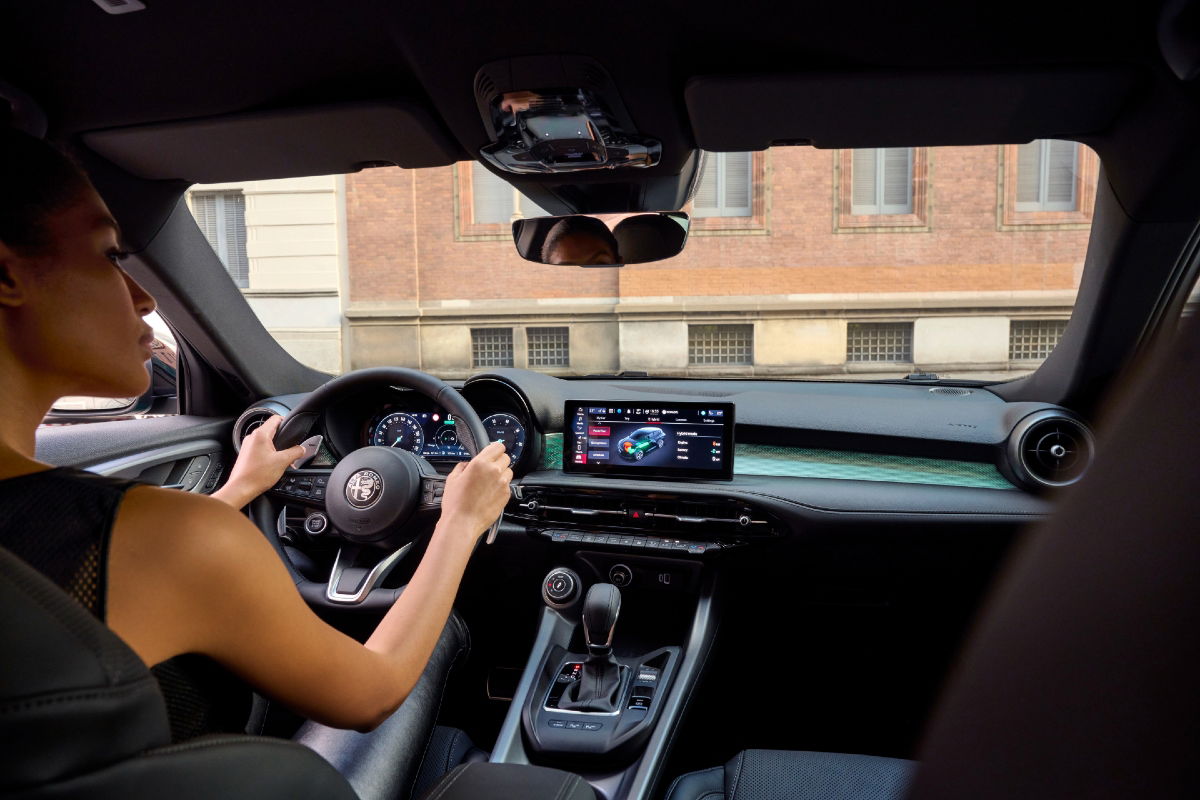
However, when the Tonale feels at its best is when you turn the ‘DNA’ dial from ‘Normal’ to ‘Dynamic’, with every aspect of the car now feeling more urgent and responsive. It doesn’t transform this small SUV into some sort of hot hatch alternative, but it does prove that Alfa Romeo should focus on what it does best all the time – building dynamically focused cars, and yes, even SUVs.
That’s the brand’s core character. Like I said at the beginning, Alfa Romeo is the brand that launched Enzo Ferrari’s career. The aspiring racing driver raced for the brand in the 1920s before deciding to turn his hand to team management and eventually building his own cars.
Performance, speed, dynamism are all at the heart of the brand, my hope is that Stellantis doesn’t lose sight of that as it moves into this new era.



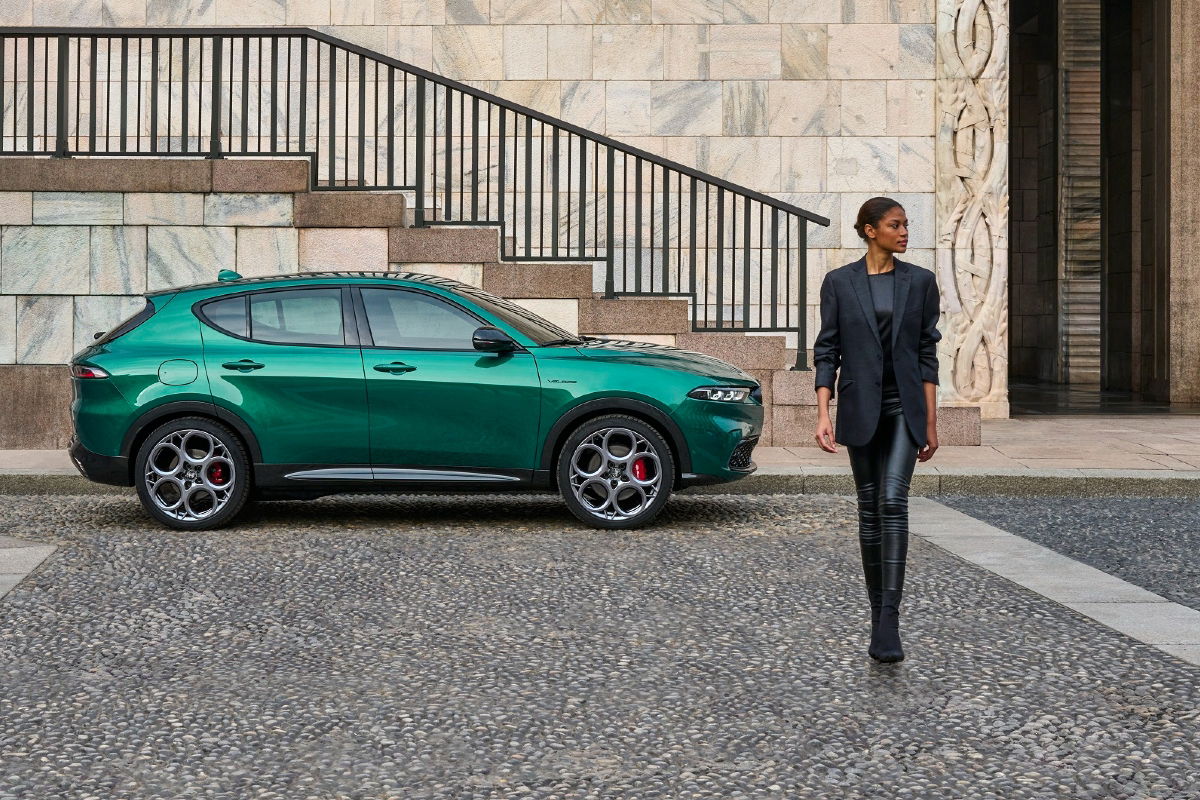
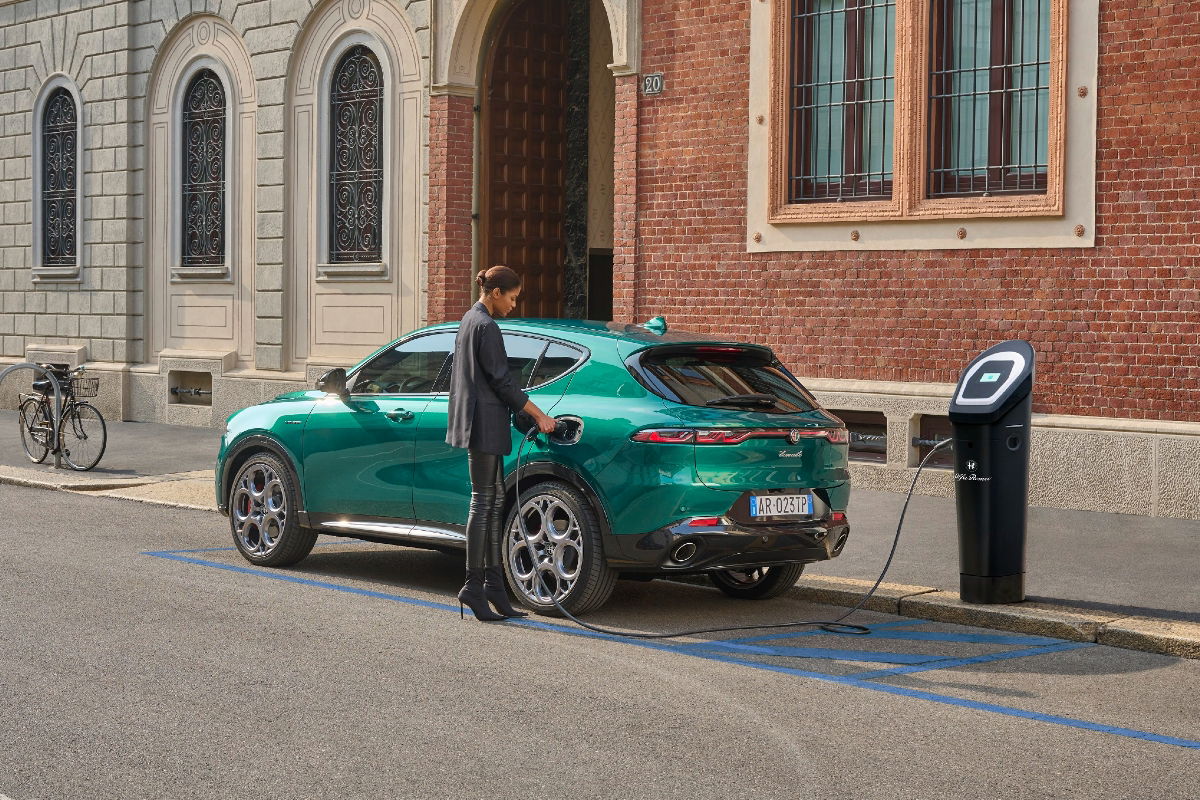
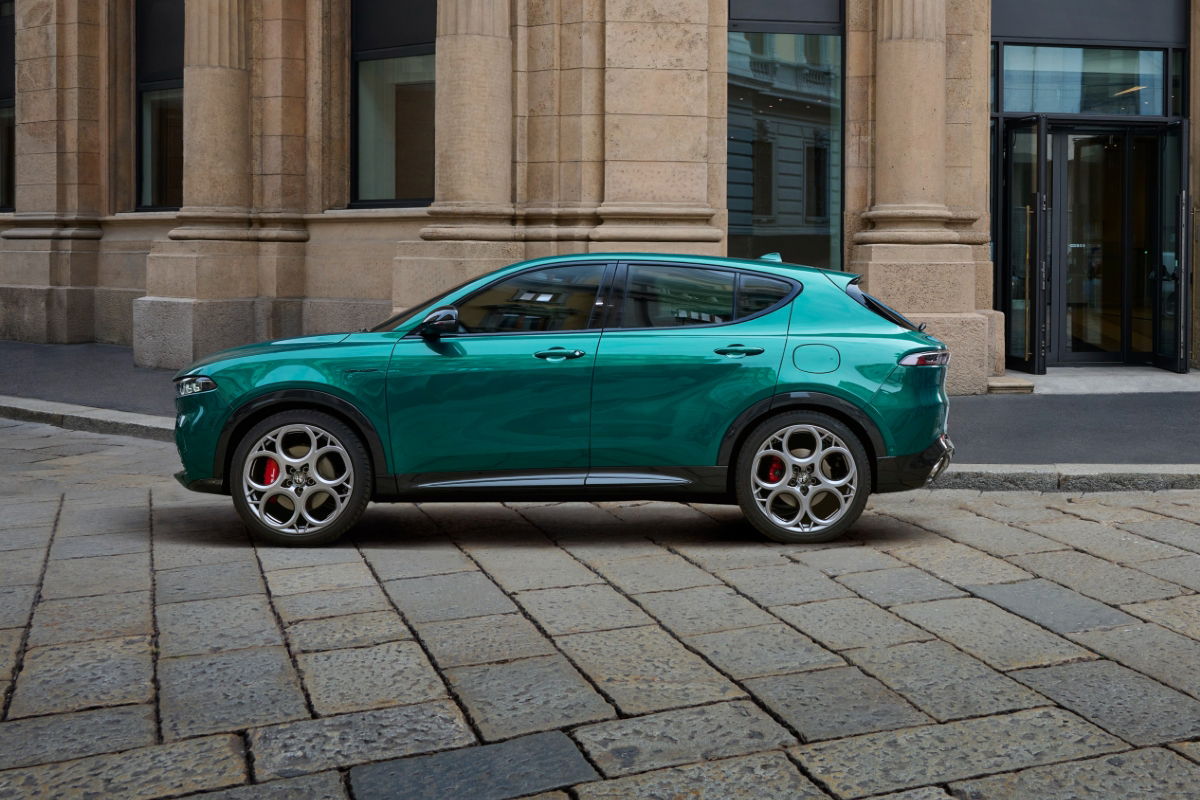








Discussion about this post